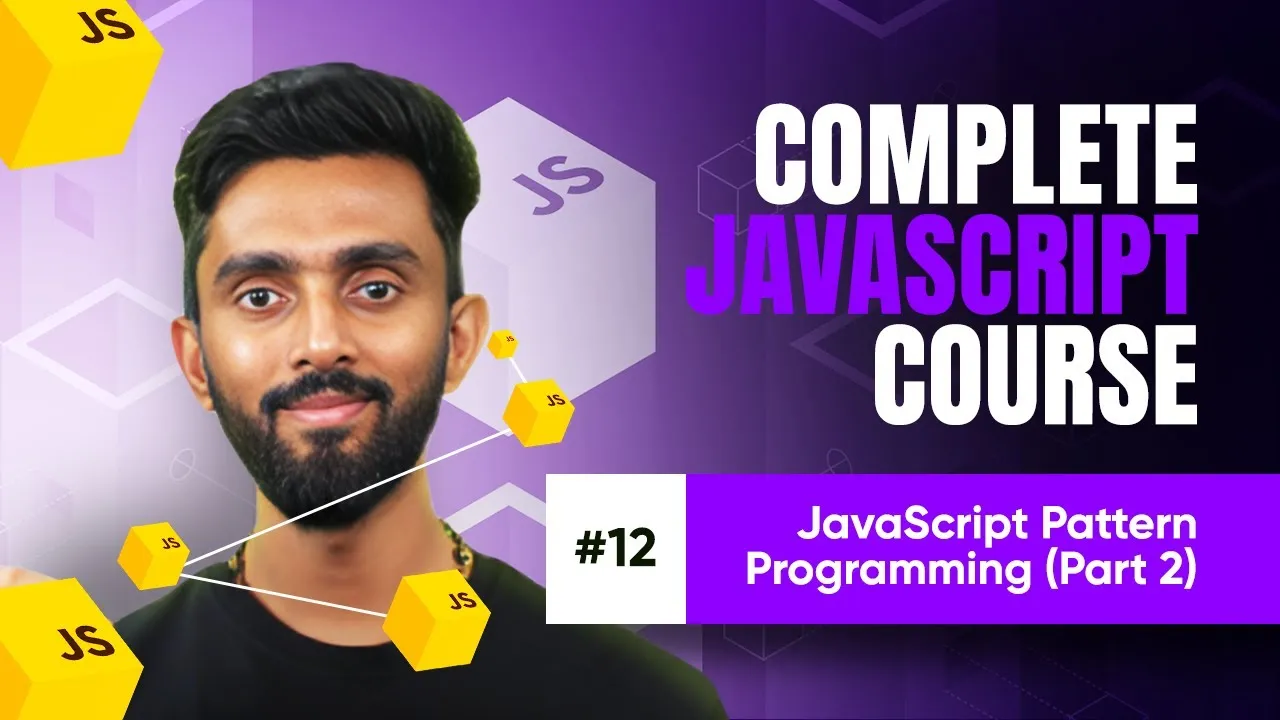Microprocessor Basics: Understanding Binary and Programming Fundamentals for Beginners
Published on June 9, 2025 • 4 min read
Understanding the Microprocessor: The Brain of Your Computer
If you've ever wondered what really powers your computer, the answer is the microprocessor. Think of it as the brain that drives every action—from playing music, watching videos, typing documents, to moving your mouse. Whether it's an Intel i3, i5, i7, M1, M2, or AMD chip, these microprocessors are the heart of modern computing. Beginners need to grasp the basics of how these components operate, because understanding the microprocessor is fundamental to learning programming and developing software. At its core, the microprocessor functions using semiconductor technology, and its smallest building blocks are transistors that digitally store and process information as binary data.
Semiconductor Technology and Transistors: The Building Blocks of Microprocessors
Microprocessors are made possible through semiconductor technology, which uses tiny devices called transistors. Imagine looking under a microscope at the processor—what you'll actually see are crores of these minuscule transistors tightly packed together. These transistors come in two types: NPN and PNP.
A transistor can store only one thing: voltage. Specifically, it can hold two voltage states—5 volts (representing "on") or 0 volts (representing "off"). This binary voltage storage is the language microprocessors communicate with. In simple terms:
- 5 volts translates to 1
- 0 volts translates to 0
This foundational binary system (zeros and ones) is called machine-level language or binary code, the only language a microprocessor truly understands. For more details on the basics of transistors, check out the Intel semiconductor technology overview.
What is a Program? Defining the Role of a Programmer
Despite the microprocessor’s power, it is essentially a dumb device—it cannot think or act on its own. Think about your computer: it will never do anything unless you tell it to. That’s where programming comes in.
- Program: A sequence or collection of instructions given to the microprocessor.
- Programming (or coding): The process of creating these instructions.
- Programmer (or coder): The person writing these instructions.
Consider a simple task like adding two numbers. The microprocessor won’t add unless it receives explicit instructions. These instructions form the program, written by you, the programmer.
For beginners, understanding this concept is crucial. Dive into programming basics to explore how instructions control computers.
From Machine Language to High-Level Languages: Bridging the Communication Gap
Programming started with machine-level code—pure sequences of zeros and ones. For example, a program to add two numbers would look like a long string of binary numbers, which is incredibly hard for humans to write or understand.
To make coding easier, assembly language was introduced. It uses mnemonic instructions like "ADD", "MOV", and "SUB" instead of raw binary. However, microprocessors cannot directly understand assembly code—they require machine-level language.
Think of it like this: if two people speak different languages, they need a translator. Assembly language is like one language, and machine language is the other. The translator? A piece of software called an assembler, which converts assembly instructions into machine-level language.
For detailed insights, the GCC assembler documentation is a great resource.
High-Level Languages and Compilers: Making Programming Human-Friendly
Even assembly language can feel tedious and complex. That's why high-level languages were created to make programming more like writing in English with familiar symbols and keywords. Examples include Python, Java, C, and JavaScript.
Here's why high-level languages matter:
- Use readable syntax like
print(),if,else,+,-,*,/. - Make coding faster and more intuitive.
- Are independent of microprocessor binary instructions.
However, since microprocessors only understand binary, another translator software—a compiler—is needed. The compiler converts high-level code into machine-level language that the microprocessor can execute.
Understanding this compilation process is essential for beginner programmers. For more on compilers, visit the GNU Compiler Collection documentation.
The Journey from Hardware to Software: A Recap
To recap:
- Microprocessors understand only binary (zeros and ones).
- Transistors inside microprocessors store voltage states representing binary values.
- Programs are collections of instructions that the microprocessor executes.
- Assembly language provides a mnemonic layer above raw binary but requires an assembler.
- High-level languages simplify programming for humans and are translated by compilers into machine code.
This layered approach bridges the gap between human thinking and the microprocessor’s capabilities, enabling the software revolution that powers modern computing.
Whether you're aiming to be a developer or simply want to understand how your computer works, mastering these fundamentals lays the groundwork for your journey.
This foundational knowledge emphasizes the importance of the microprocessor and programming languages in computing. To get started with programming, explore beginner tutorials on Python or JavaScript. Happy coding!
This blog post is based on content from a YouTube video. Watch it here. All rights reserved by the original creator.


